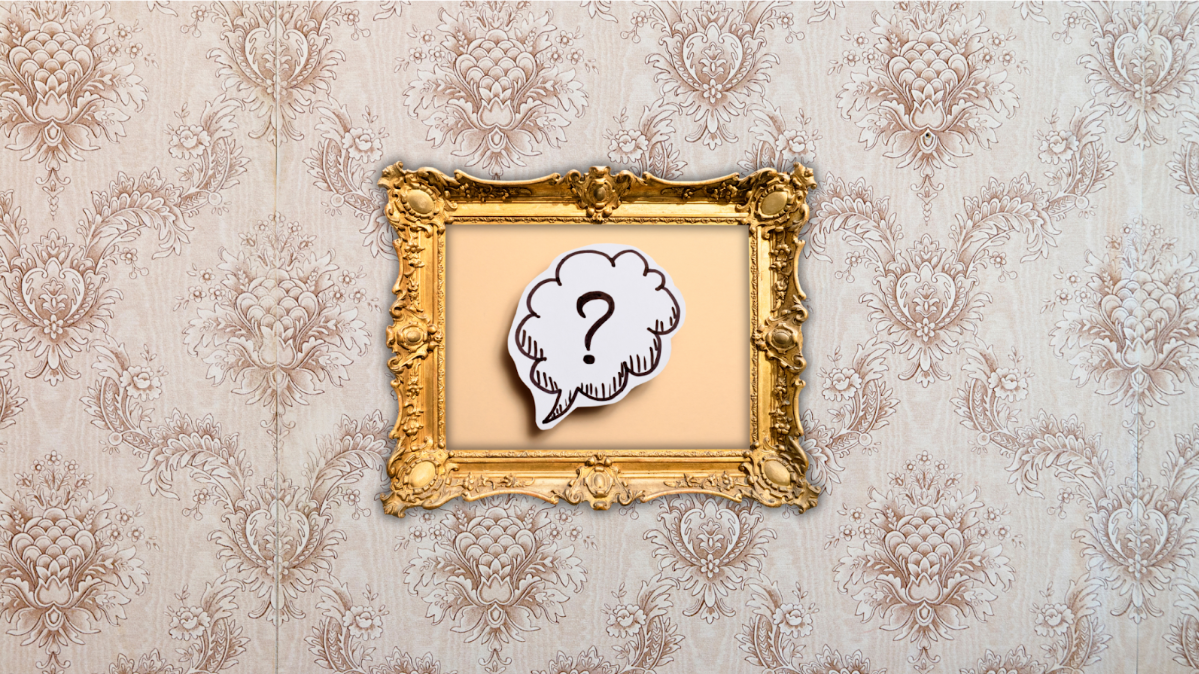Antique picture framing is not just practical but is also an art form, preserving the essence and beauty of historical artworks for future generations. These frames, often as detailed and carefully crafted as the artworks they encase, protect and enhance our artistic heritage.

Antique picture framing is not just practical but also an art form, preserving the essence and beauty of historical artworks for future generations. These frames, often as detailed and carefully crafted as the artworks they encase, protect and enhance our artistic heritage.
Proper framing is paramount in the preservation and presentation of antique artwork. It’s not just about encasing a painting or photograph; it’s about safeguarding its integrity, ensuring its longevity, and enhancing its visual appeal. The right frame can elevate a piece from mere artwork to a cherished heirloom, while the wrong frame can detract from its beauty and even cause irreversible damage.
This article delves into the intricate world of antique picture framing, exploring the dos and don’ts that can make all the difference in preserving and enhancing these valuable pieces. Whether you’re a collector, a curator, or simply an admirer of antique art, understanding these principles is essential for preserving our cultural heritage for future generations.
Dos
1. Research and Consultation
Thorough research is essential before framing an antique picture. Understand the historical context of the artwork, its artist, and the era in which it was created. This knowledge will inform your framing decisions and help preserve the piece’s authenticity.
Consulting with experts or professionals in antique framing can provide invaluable guidance and expertise. They can offer insights into appropriate framing styles, materials, and techniques that best suit the artwork’s period and style. Consult their knowledge to ensure the framing process meets preservation standards and aesthetic considerations.
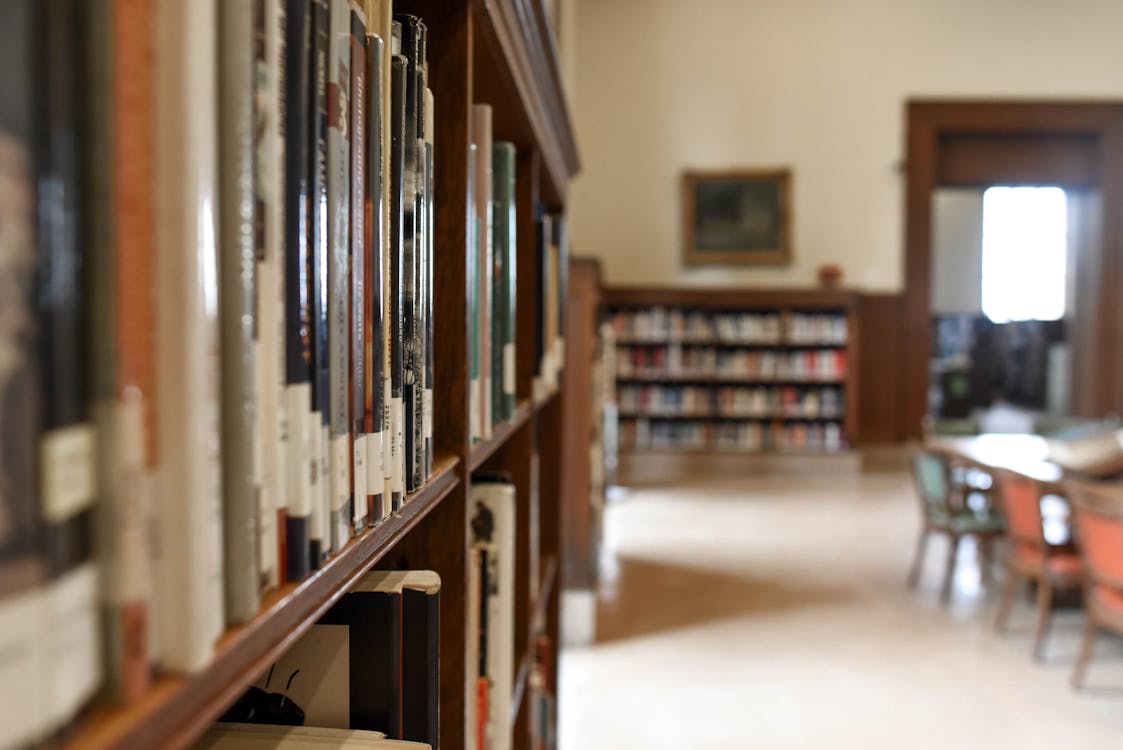

2. Use Acid-Free Materials
Using acid-free mats and backing boards is imperative for preserving the longevity of antique picture framing. Acidic materials can accelerate deterioration, causing yellowing, discolouration, and brittleness. Opt for archival-quality mats and backing boards to provide a stable environment that minimises the risk of damage.
Select framing materials that are free from acidic compounds, including adhesives and tapes. These materials should be ph-neutral and chemically stable to prevent interaction with the artwork and avoid contributing to its degradation.
3. Conservation Framing Techniques
Conservation framing techniques are crucial in protecting antique artworks from environmental hazards. Utilise UV-filtering glass or acrylic to shield the artwork from harmful light exposure, which can cause fading and deterioration of colours.
When mounting the artwork, employ reversible techniques that allow for easy removal without causing damage. This ensures that the artwork remains intact and unaltered, preserving its value and authenticity for future generations to appreciate.

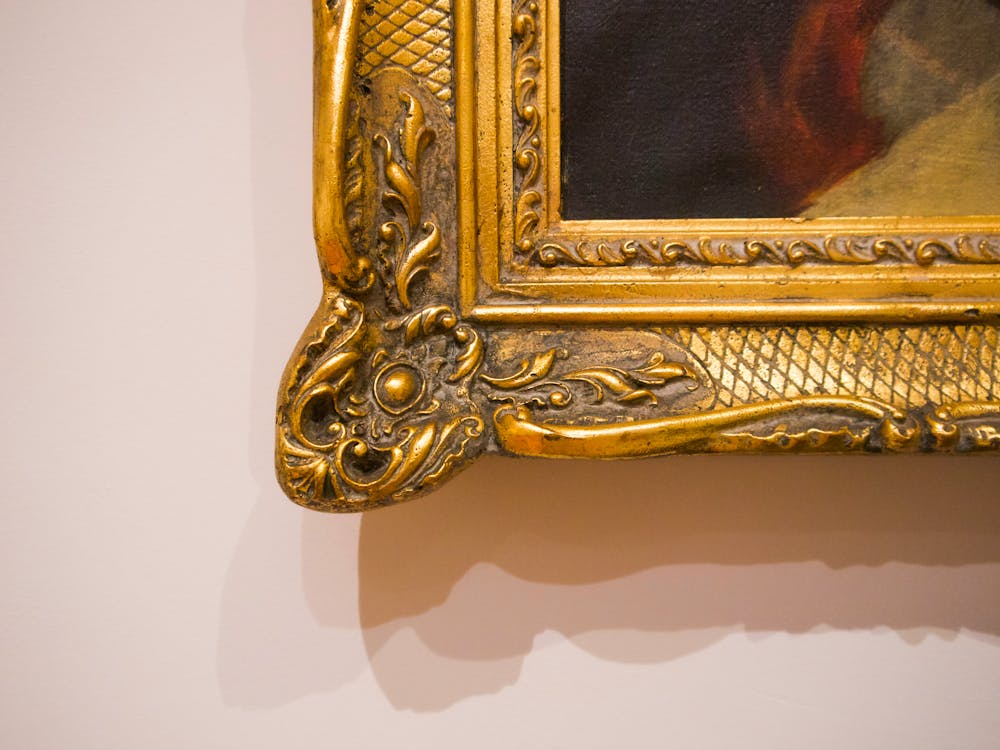
4. Maintain Originality During Antique Picture Framing
Preserve the piece’s integrity by refraining from alterations or modifications during the antique picture framing process. Avoid trimming or altering the artwork’s dimensions to fit a standard frame, as this can diminish its authenticity and worth.
Select frames and mats that complement the artwork’s style and era, enhancing its visual appeal without overpowering its inherent beauty. Consider period-appropriate frames that reflect the aesthetic sensibilities of the artwork’s period, creating a cohesive presentation that honours its historical context.
5. Document and Label
Documenting the antique picture framing process and the materials used is essential for future reference and authentication. Keep a record of the framing techniques employed, including any special considerations or modifications made to accommodate the artwork.
Label the back of the frame with pertinent information such as the artist’s name, title of the artwork, date of creation, and any additional historical or provenance details. This information provides context for the piece and facilitates identification and documentation for future reference.

By adhering to these dos, you can ensure that your antique picture framing endeavours are aesthetically pleasing and respectful of the artwork’s historical significance and long-term preservation needs.
Don’ts
1. Avoid Harsh Cleaning Methods on Antique Frames
Never use harsh cleaning or abrasive materials on antique frames. They can strip the finish or patina, diminishing the frame’s historical charm and value. Chemicals can also react with the frame’s materials, causing irreparable damage. Instead, opt for gentle cleaning methods that take into account the delicacy of antique frames. Use a soft brush or cloth to gently remove dust and dirt buildup, being careful not to apply excessive pressure that could scratch or damage the surface.
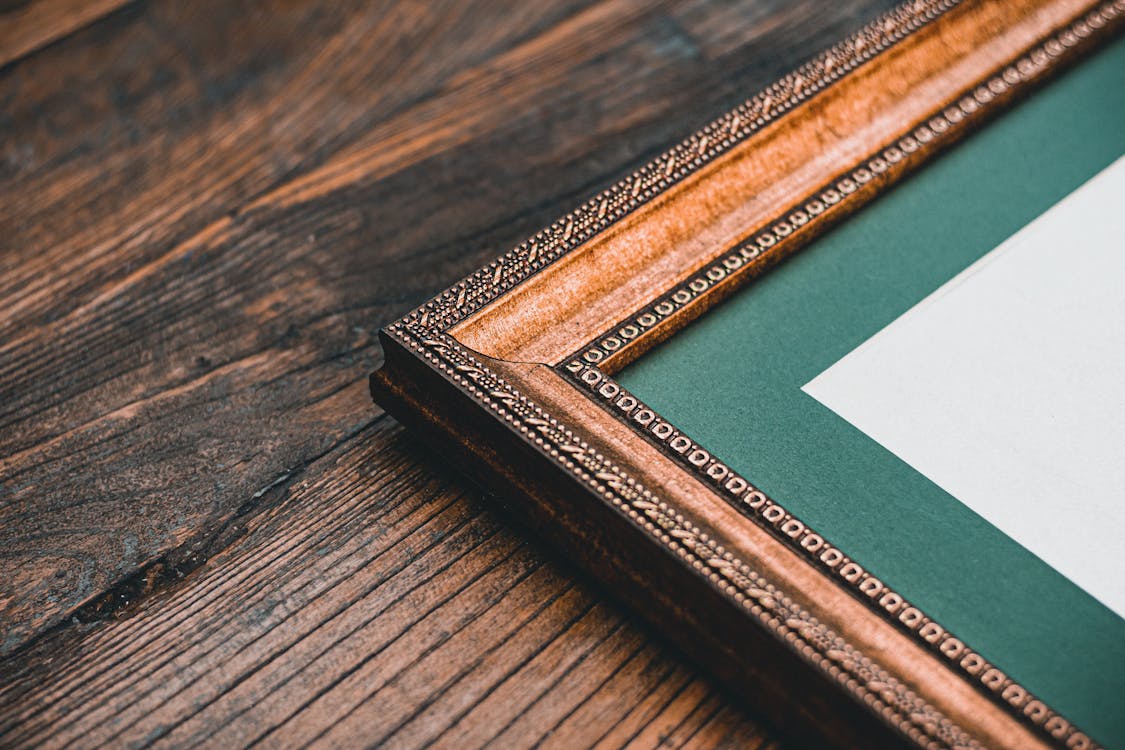
2. Steer Clear of Direct Sunlight
Avoid displaying antique pictures in areas exposed to direct sunlight or harsh artificial light. Prolonged exposure to UV rays can lead to fading, discolouration, and deterioration of the artwork’s pigments and materials. Instead, display antique pictures in areas with controlled lighting conditions or use UV-filtering glass or acrylic to protect the artwork from harmful light exposure. This helps preserve the vibrancy and integrity of the artwork over time.
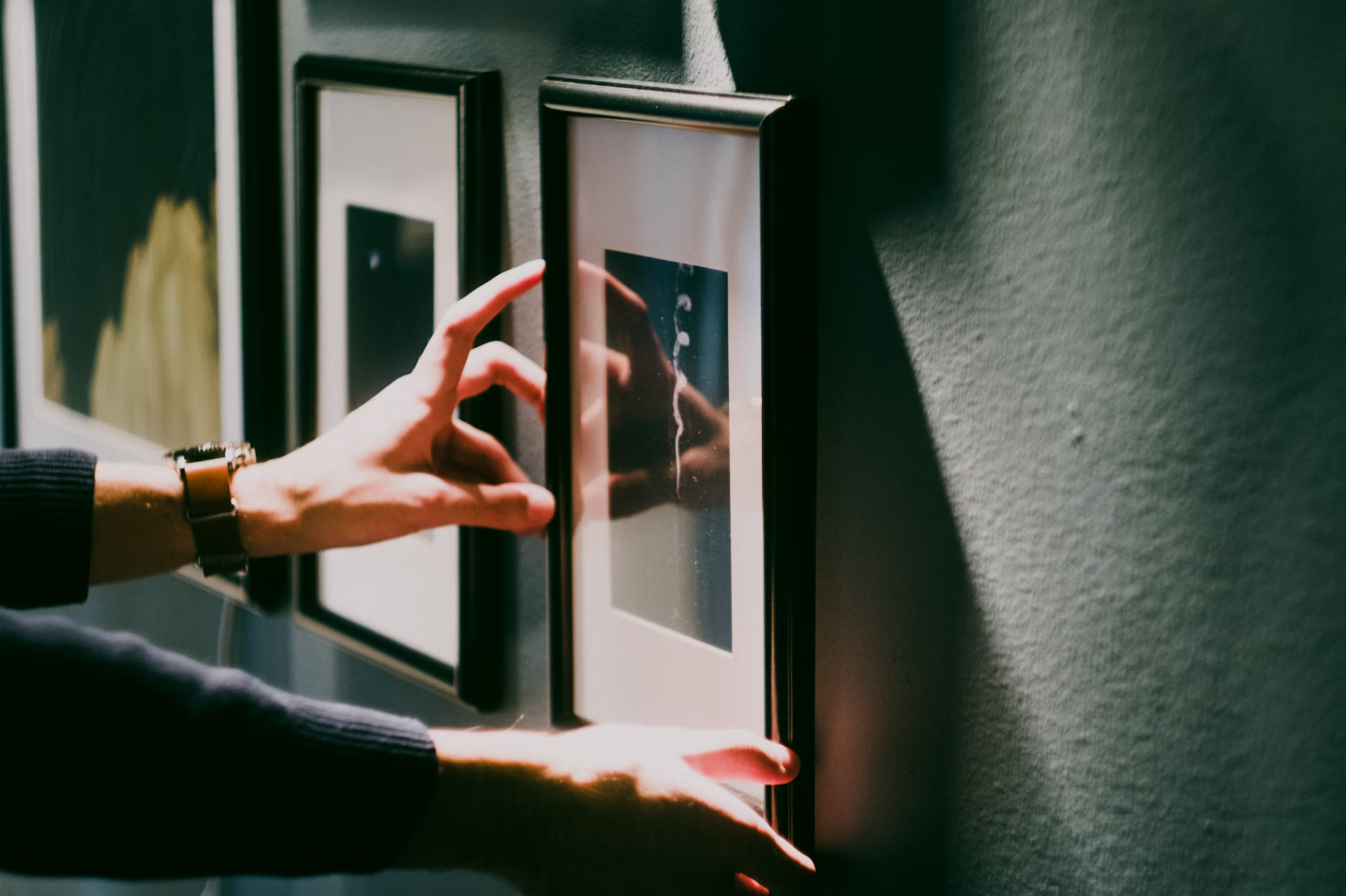
3. Say No to Overhandling
Overhandling artwork during the antique picture framing process increases the risk of damage, as oils, dirt, and moisture from hands can transfer to the surface, causing staining, discolouration, or deterioration over time. When handling delicate antique pieces, use gloves to minimise the risk of damage. Gloves help prevent direct contact with the artwork, reducing the transfer of oils and contaminants while preserving its pristine condition.
4. Don’t Compromise on Quality
Avoid compromising on the quality of framing materials or techniques to save costs. Low-quality materials can lead to premature deterioration of the artwork and may necessitate costly restoration or conservation efforts in the future. Prioritise investing in high-quality framing materials and techniques to ensure the long-term preservation of your antique artwork. Quality framing enhances the visual presentation of the artwork, safeguarding its integrity and value for generations to come.
Conclusion
Proper antique picture framing requires careful attention to detail. Following the dos, such as thorough research, expert consultation, and the use of archival materials, helps preserve and enhance antique artwork. The don’ts, including avoiding harsh cleaning, direct sunlight, overhandling, and poor framing quality, prevent damage and degradation.
Using these guidelines or consulting professionals ensures that the beauty of these pieces is preserved and protected for the years to come.
Antique Picture Framing: FAQs
Antique picture framing refers to the process of framing historical artworks using materials and techniques that preserve their condition and authenticity. Proper framing protects antique pieces from environmental damage, enhances their aesthetic appeal, and ensures they can be enjoyed by future generations.
Always use acid-free, archival-quality materials for antique picture framing. Acid-free mats, backing boards, and ph-neutral adhesives prevent yellowing, discolouration, and deterioration, helping preserve both the artwork and the frame over time.
Exposure to direct sunlight or harsh artificial light can cause fading, discolouration, and structural damage to antique artworks and their frames. It is crucial to display framed antiques away from direct light or use UV-filtering glass or acrylic for protection.
No, you should never use harsh chemicals or abrasive cleaners on antique frames. Gentle dusting with a soft brush or dry cloth is recommended to maintain the frame’s finish without causing damage.
Conservation framing uses reversible techniques and protective materials to safeguard antique artworks without altering them permanently. Methods like UV-protective glazing and archival mounts help prevent environmental damage while allowing artworks to be safely removed in the future.
Keeping records of the materials and methods used during antique picture framing ensures future caretakers understand how the artwork was preserved. Labelling the back of the frame with key information also aids authentication and provenance tracking.
Avoid using non-archival materials, exposing frames to direct sunlight, overhandling the artwork without gloves, or cutting/trimming the original piece to fit a frame. These mistakes can significantly damage or devalue antique artworks.
Restoration should be minimal and handled by professionals. Preserving the original patina and craftsmanship of antique frames maintains their historical value. Over-restoration can diminish authenticity and reduce the frame’s worth.

